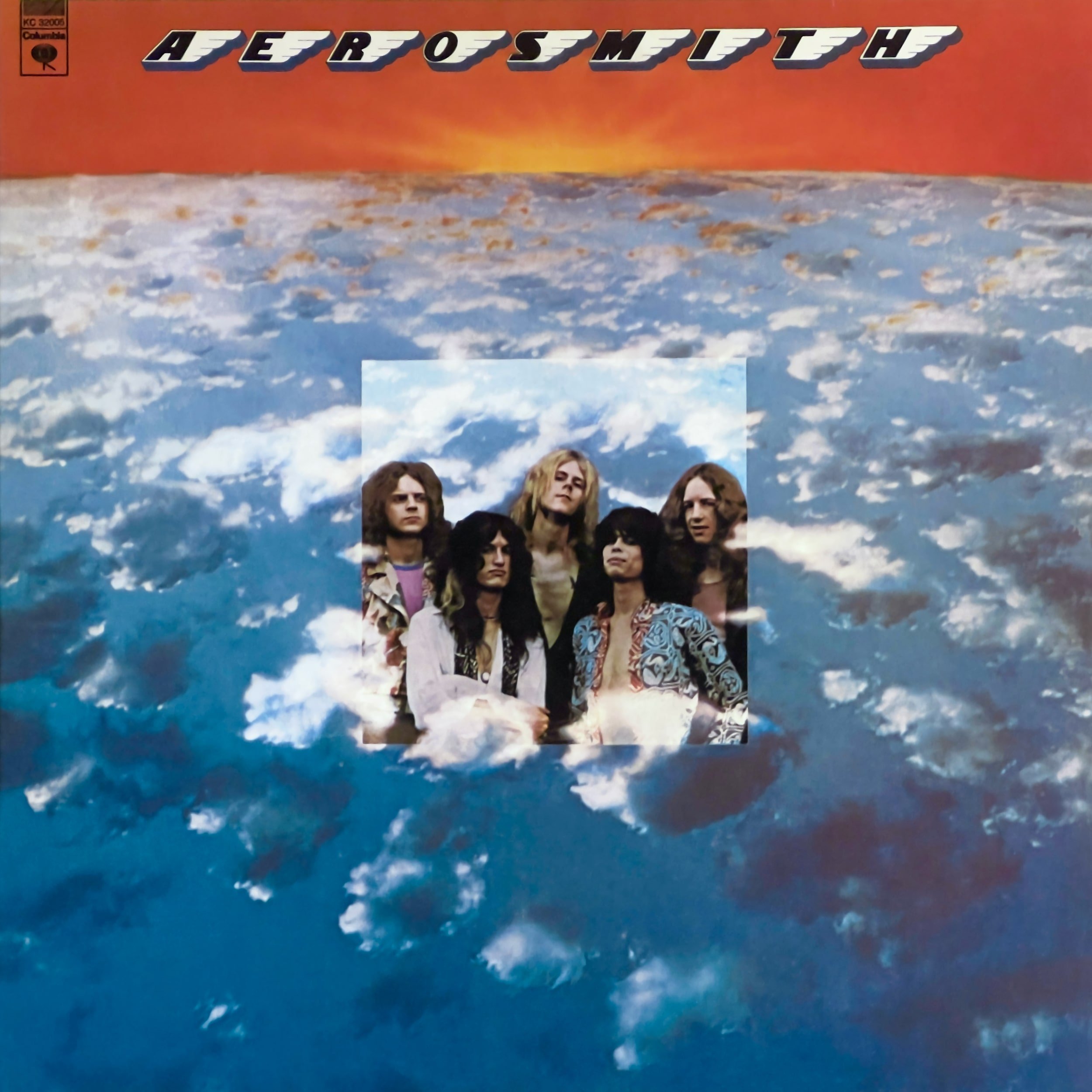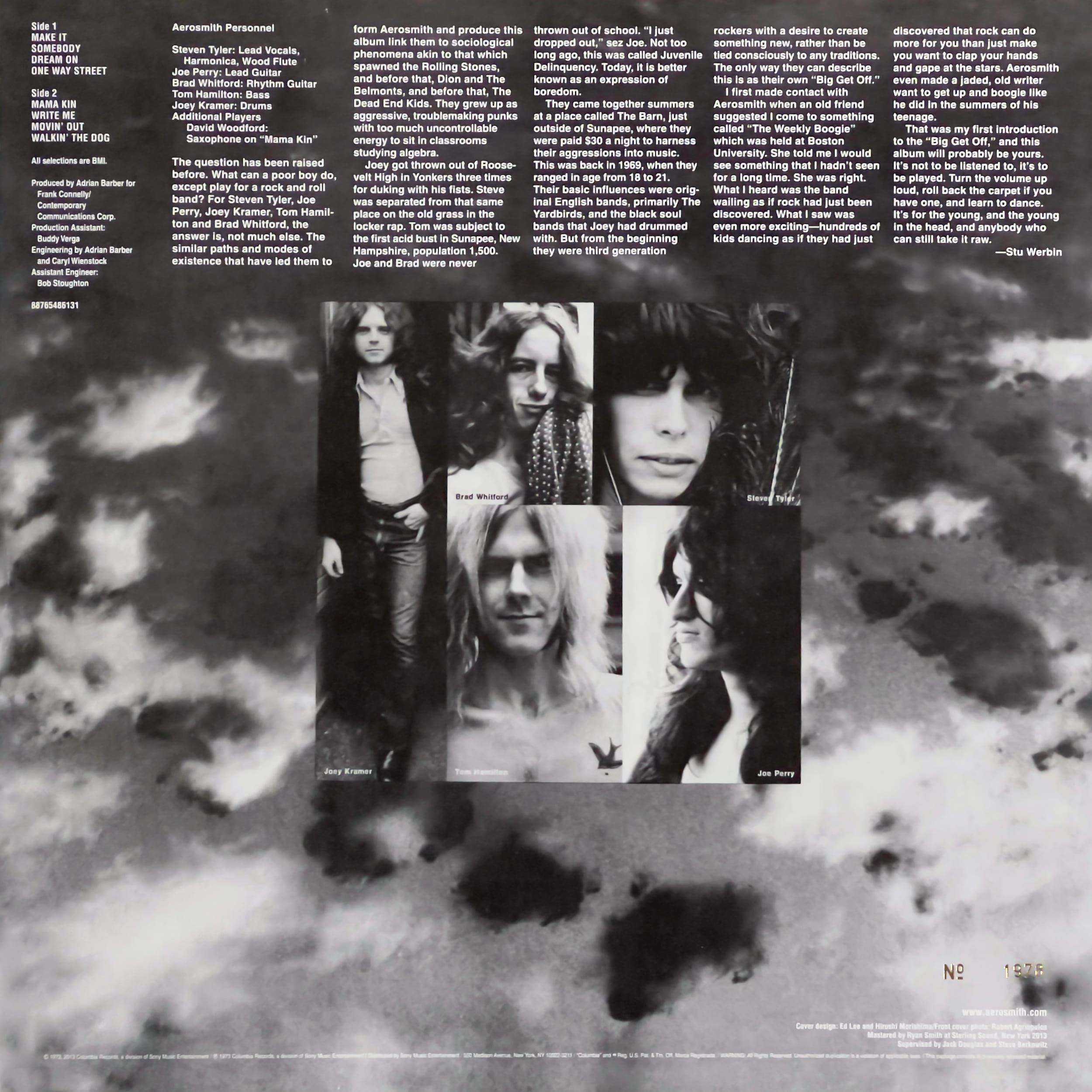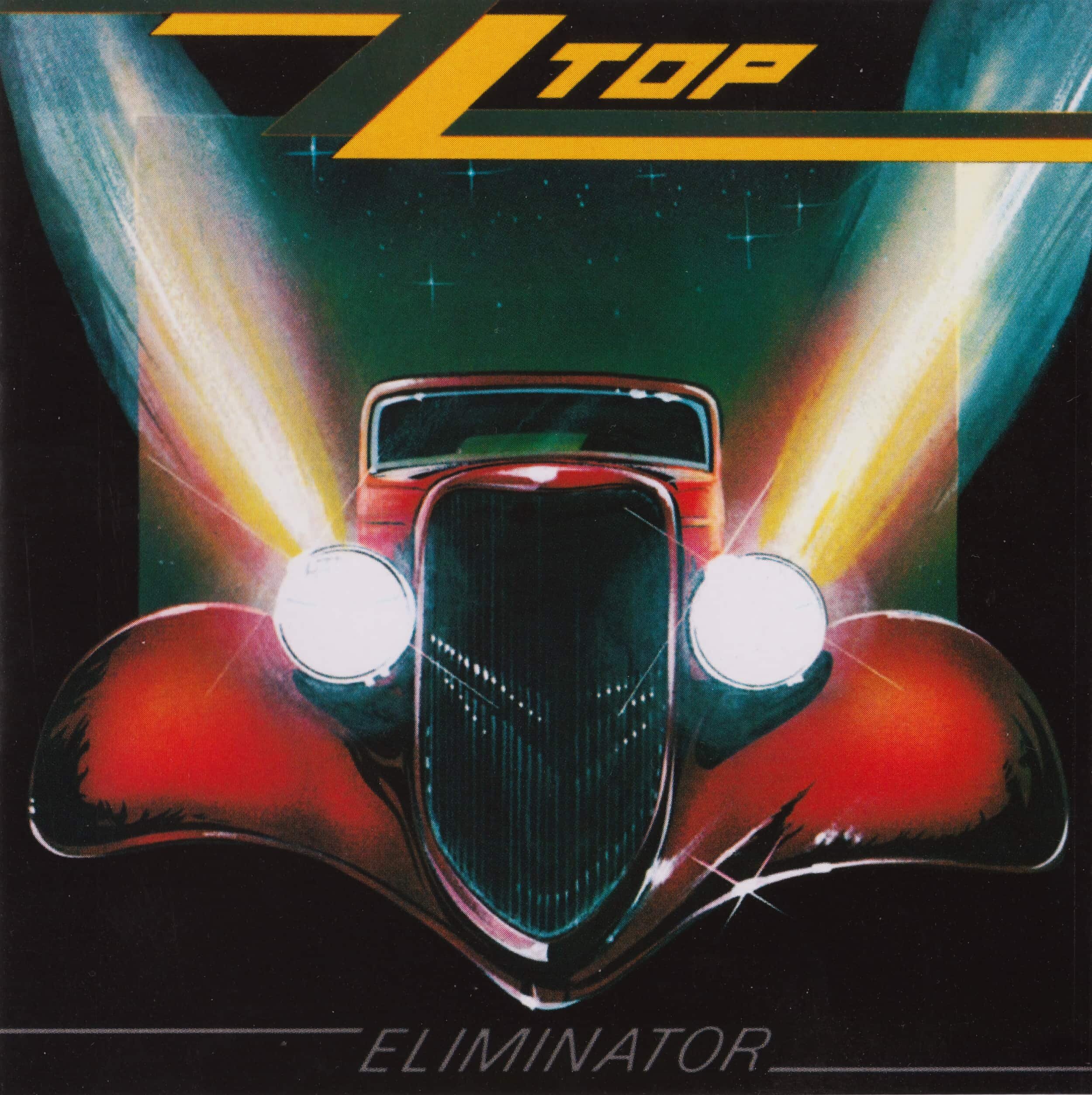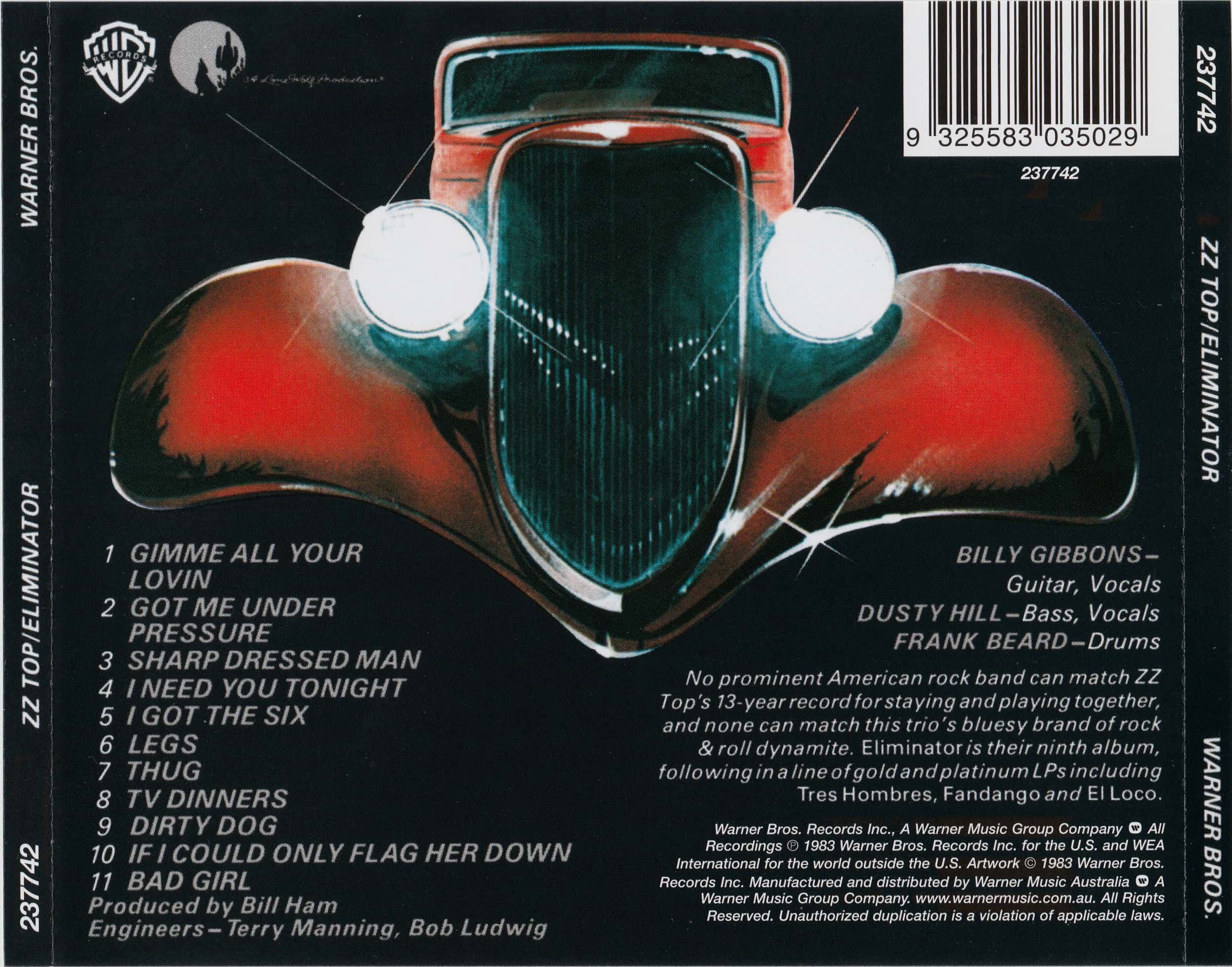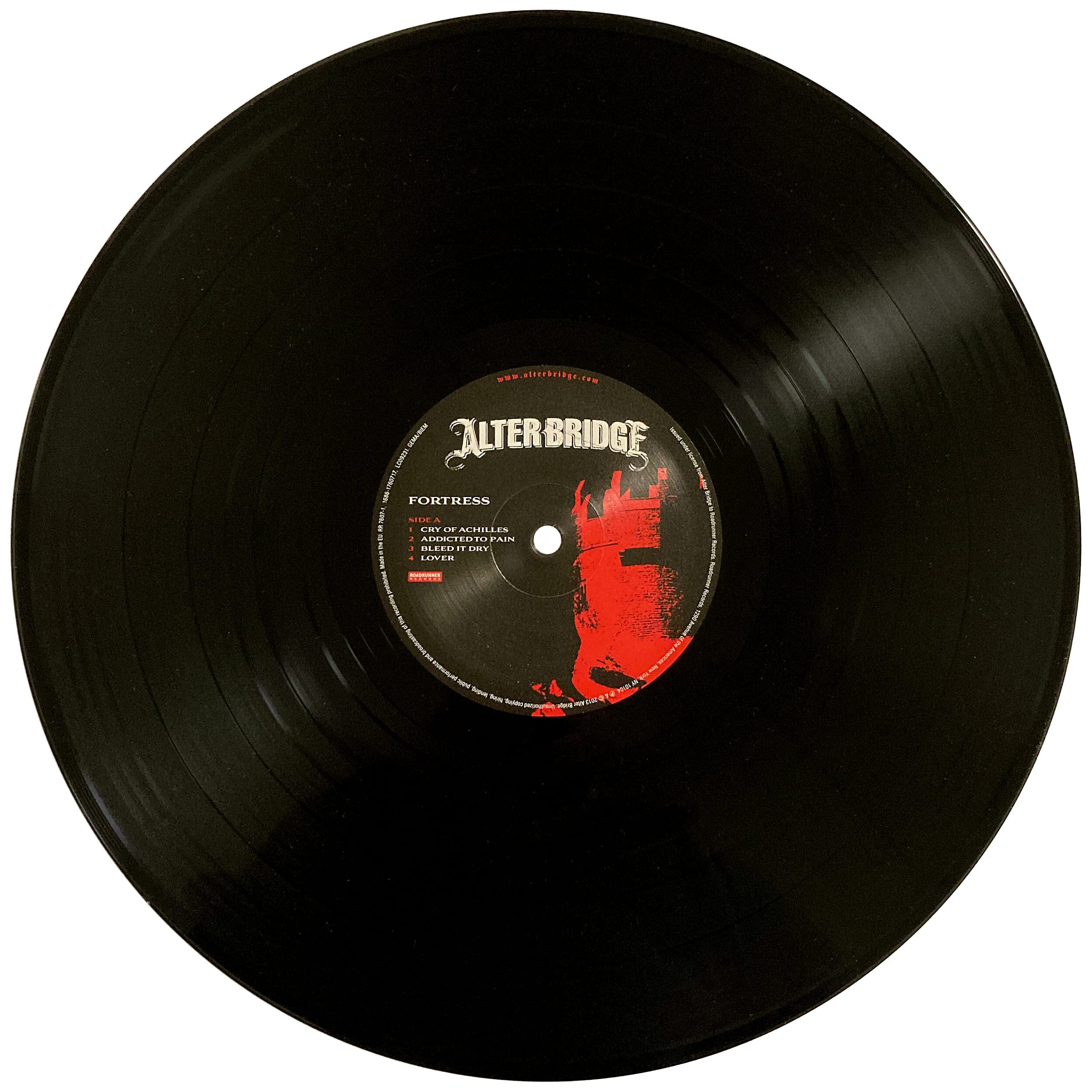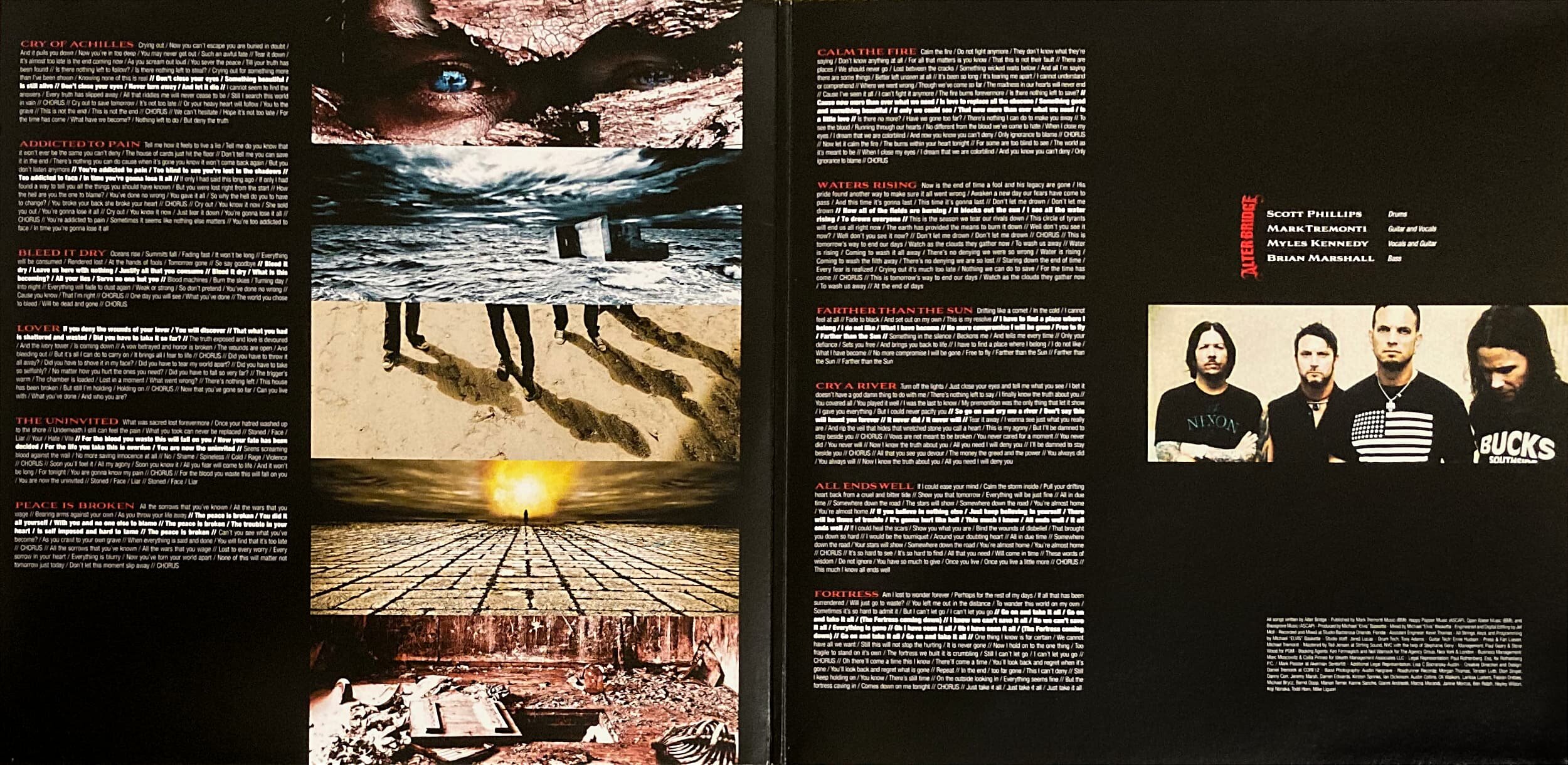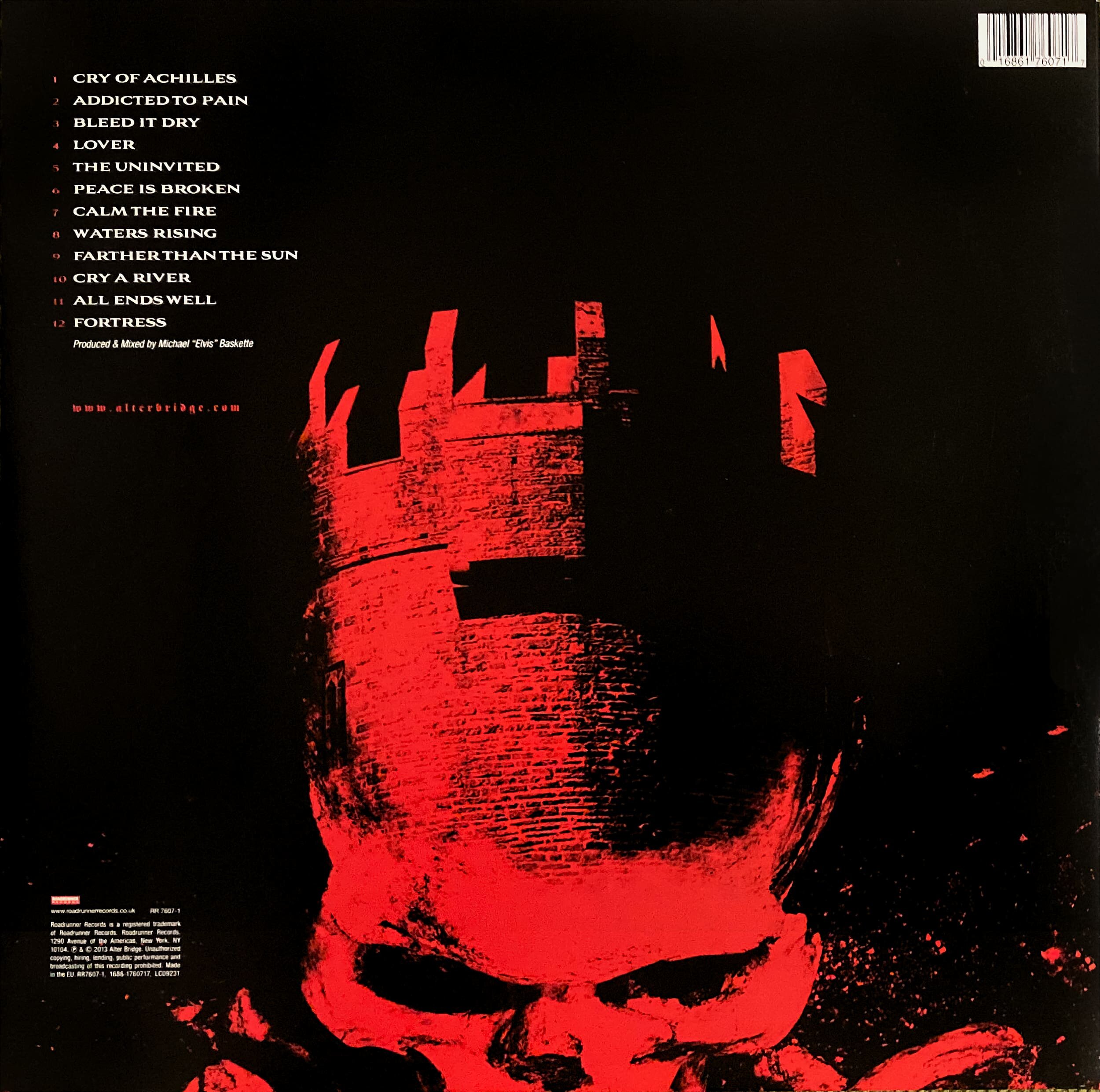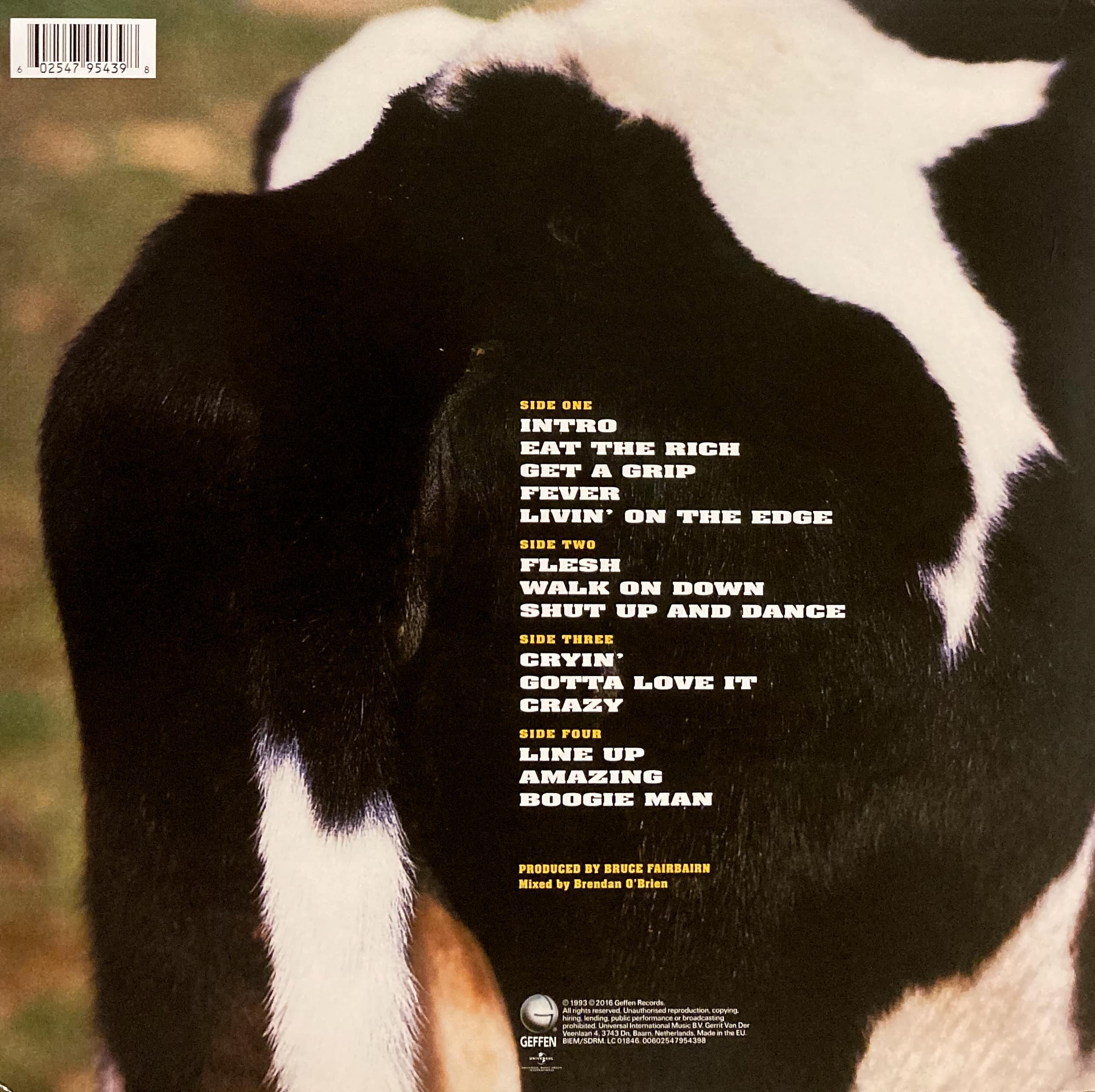Released in 1979, Highway To Hell would be the last album to feature Bon Scott on vocals and while some continue to lament Brian Johnson’s inclusion on Back In Black, and forever onwards, there is little doubt that Highway To Hell is the perfect closing chapter for Scott. Still, one can only imagine where he could have taken his vocal prowess after this groundbreaking performance that was the greatest AC/DC recording up to that point. Of course, albums such as Dirty Deeds Done Dirt Cheap and Let There Be Rock should not be overlooked, from the Bon Scott era, but other than High Voltage, no other Bon Scott AC/DC release is as coherent as Highway To Hell. It is a blues-based rock and roll masterpiece; an overused expression, granted, but when music is this good it demands that declaration.
Listening to Highway To Hell, it becomes immediately apparent that Scott and the band were at a musical apex. Having long refined their sonic chops, Highway To Hell marked a significant difference in how AC/DC recorded music for it was to be their first album without George Young or Harry Vanda in the production seat. The result is a more polished album, with a laser focus on great riffs, rhythm, and catchy vocals. Yes, these had long been AC/DC trademarks but Mutt Lange rounded out the edges, ironed out the creases, and produced an album that would have mainstream appeal. That isn’t to suggest that Young or Vanda weren’t sorely missed, by the band and fans alike, but the shift ensured AC/DC was ready for superstardom; a shift that would ultimately make them the greatest and most popular hard rock band in the world. The combination worked so well that Lange would go on to produce Back In Black and For Those About To Rock We Salute You; the former of which was an astonishing comeback following Scott’s death.
Of course, the production values and performance of the band would have been for nil if the sonic qualities weren’t exceptional and in this case, Highway To Hell is one of AC/DC’s greatest-sounding releases. Every musical element is perfectly positioned in the mix and there’s just enough low-end and treble reach that ensures the album has a full and immersive sound that can be appreciated at both lower and ear bleeding levels. While some may suggest that this is the AC/DC house sound, and I don’t necessarily disagree, the spit and polish applied to the songs ensured that it stands out from their earlier albums and most other hard rock albums of the era, many of which have a thinner sound that simply isn’t compelling to many rock and roll fans.
As fans would no doubt agree, there really isn’t a bad way to experience Highway To Hell and I’m fortunate to own the 2003 vinyl reissue which is nothing short of spectacular. From the reproduced and expanded artwork liner notes to the pressing itself, if you’re a fan of AC/DC, you need to add a copy to your collection. Thankfully, this remaster was done with kid gloves and while I haven’t listened to every release available, this particular re-issue is about as perfect as the album will ever sound. Naturally, some may be wondering how it compares to the (Hi-Res) Lossless Apple Digital Master and what I can say is that, without a doubt, I prefer the vinyl edition for its darker sonic presentation compared to the flatter sound via the Apple Music stream. Of course, if you tweak the EQ of the stream, a little, the difference is negligible. That said, with a song such as Walk All Over You, Phil Rudd’s drumming in both the introduction and throughout the song sounds more three-dimensional on the vinyl reissue than it does on the streaming counterpart. It’s a minor difference, but one that you’ll notice should you compare the two. It is then personal preference as to which reproduction you prefer over the other.
Highway To Hell is one of the greatest openers of all time. Both the riff and rhythm are infectious, setting the tone for the entire album, while compelling you to turn the volume up. Angus’ solo is also exceptional, although, even though it would have been nice if it had been longer, it’s also the perfect length. Sadly, however, Highway To Hell would forever be altered in the perception of fans following Scott’s death. Originally written as a reference point to the excessive demands of touring, following Scott’s death, Highway To Hell would become a song that was more about personal excesses than the demands of a rock and roll band. Of course, it’s also fair to say that personal excesses are often a byproduct of fame so the two do go hand in hand.
Girls Got Rhythm is rhythmic magic; pun intended! Seriously, the flow from Highway To Hell to Girls Got Rhythm is seamless, indicating just how similar all AC/DC songs are, but that’s a positive element as you know exactly what you’re going to get.
Walk All Over You temporarily slows the tempo and as I mentioned earlier has some exquisite drumming. Love or loathe him, Phil Rudd executed his position as drummer perfectly. That said, I’ve always preferred the looseness of Chris Slade as Rudd can be a little accurate, from a timing perspective, thereby introducing a click-track style backbeat. Walk All Over You as a song, however, is solid but isn’t anything to get excited about. It’s mainly the droning backing vocal in the chorus that grates me, thereby reducing the song’s appeal.
Touch Too Much is a killer tune; its demo…not so much! Yes, there are a few chords that remain but Touch Too Much, as re-recorded for Highway To Hell, is far superior. While I acknowledge that fans often want to have access to early or varied recordings of the music they love, this is one example whereby I feel justified in overlooking bonus non-album tracks for they’re seldom worthy of listening to.
Beating Around The Bush has a recognisable riff; check out Fleetwood Mac’s Oh Well, Pt. 1 and you’ll see what I mean. Regardless, it gives you a greater appreciation for the too often overlooked original lineup and style of Peter Green’s Fleetwood Mac; less radio-friendly but killer blues-based rock and rollers in their own right. Still, it amazes me that Fleetwood Mac never sued AC/DC, especially considering liner notes claim all songs, and this one, in particular, was written by Angus Young, Malcolm Young, and Bon Scott. Of course, if I ever wrote a killer lick and AC/DC decided to cover it, I’d be honoured, so there is always that possibility.
Shot Down In Flames is a killer blues hard rock tune.
Get It Hot continues the blues rhythm, executing it even more satisfyingly than on Shot Down In Flames. Again, many will point to AC/DC simply recording the same song over and over again, with slight shifts, and to that end, I’m grateful for Highway To Hell is a fluid album experience that warrants inclusion on every best albums list of 1979.
If You Want Blood (You’ve Got It) may have been lifted from the title of their live recording in 1978, but who can argue with that, for the title is incredible. As for the song itself, it’s killer!
Love Hungry Man is AC/DC’s answer to the simultaneously loved and hated ballad. Look, it’s got a killer groove, but it’s about as corny as you can get.
Night Prowler has forever been associated with Richard Ramirez’s serial killings but I do not believe that music can force you to become someone you’re not. I strongly believe in music as an art form and I’d further suggest that almost any aspect of art can be taken too literally. The problem is when an unbalanced individual takes suggestive interpretation to be gospel; then you’ve got a real problem! Of course, such associations are disappointing because it shifts the relationship to the music itself, even if we try to disassociate the two highly circumstantial elements. The problem is that once you’ve been made aware of it, it remains difficult to ignore it when the song comes on or when we discuss it with others. Regardless, it is imperative that we try for Night Prowler is musically one of the best songs that AC/DC ever recorded. Angus’ licks are off-the-charts and Scott’s growl and the backing vocal are about the best harmony-driven style you can imagine for a band of hard rockers.
As the closing song, Night Prowler is hard to beat and certainly encourages me to listen to the album again, with one exception. Scott’s spoken word outro drives me nuts as it wasn’t needed and is, for some reason, much more pronounced on the vinyl reissue than it is on the associated Apple Music stream; an oddity of mastering for the format, no doubt!
Overall, Highway To Hell is one of the hardest rocking albums of the 70s and is certainly the best Bon Scott performance we were ever fortunate to have heard. To say he went out on top is an understatement. While the band would continue without Scott, his legacy lives on through these recordings and while Johnson would adopt a slightly different vocal style, his was complementary to Scott’s thereby ensuring the former frontman has never been forgotten.








